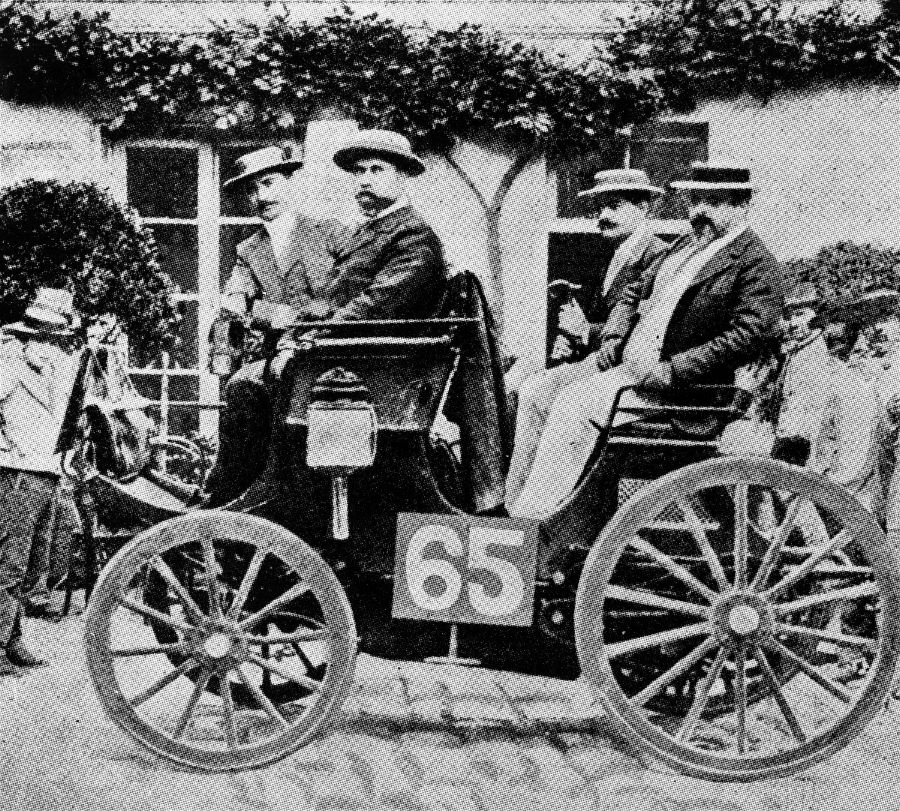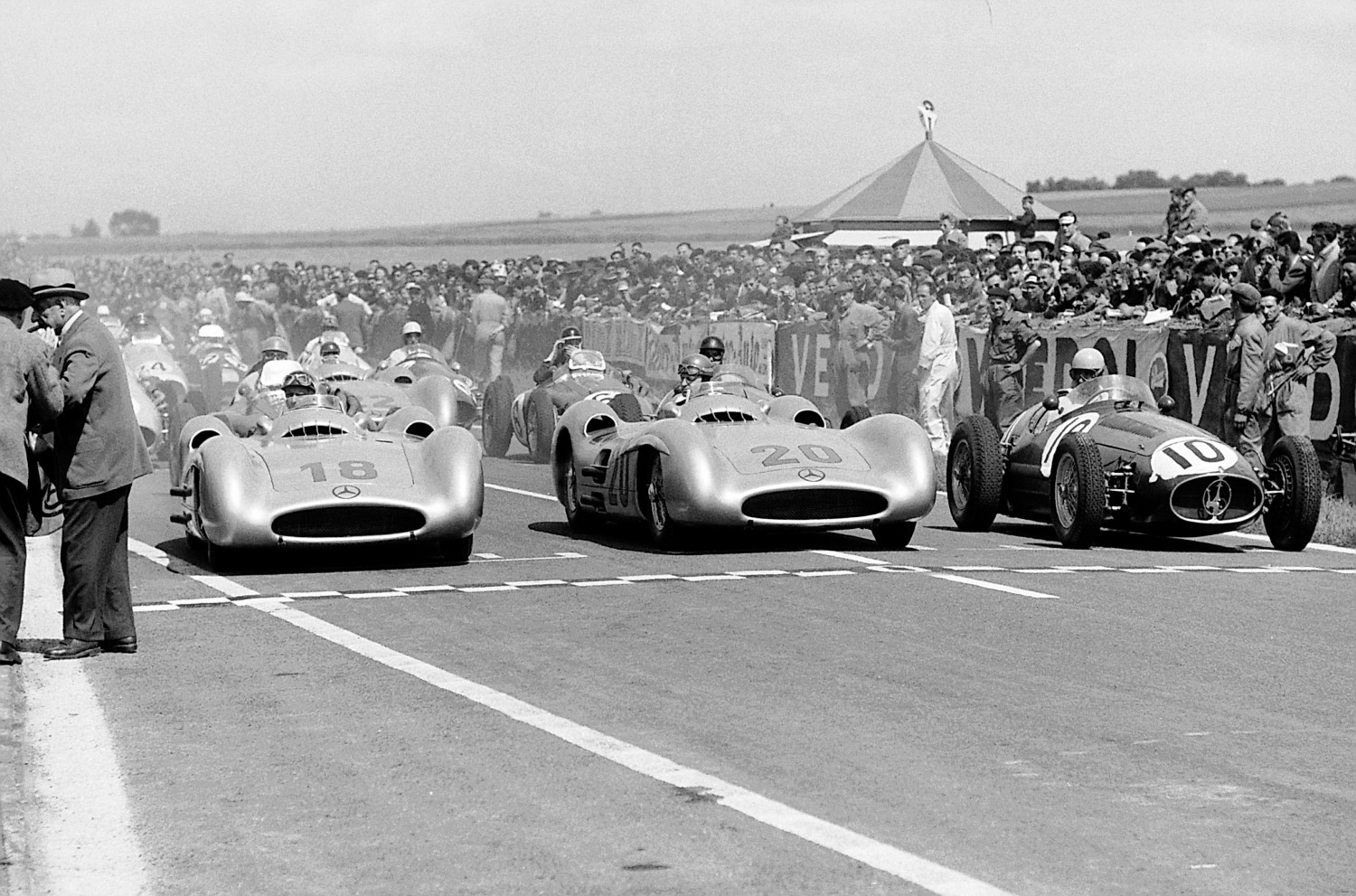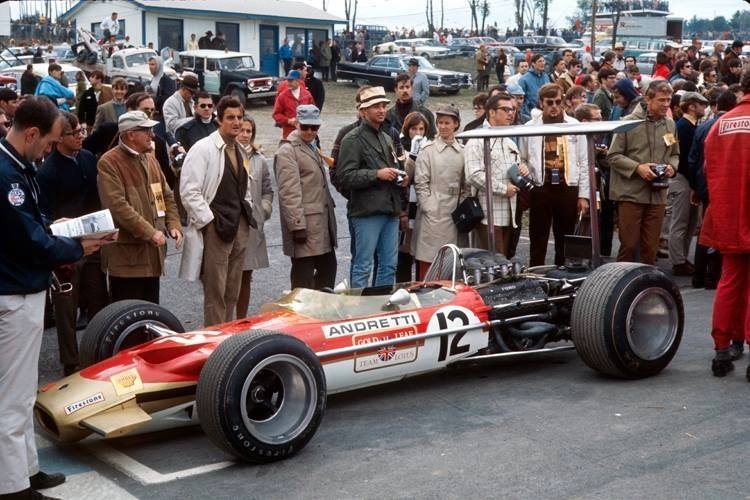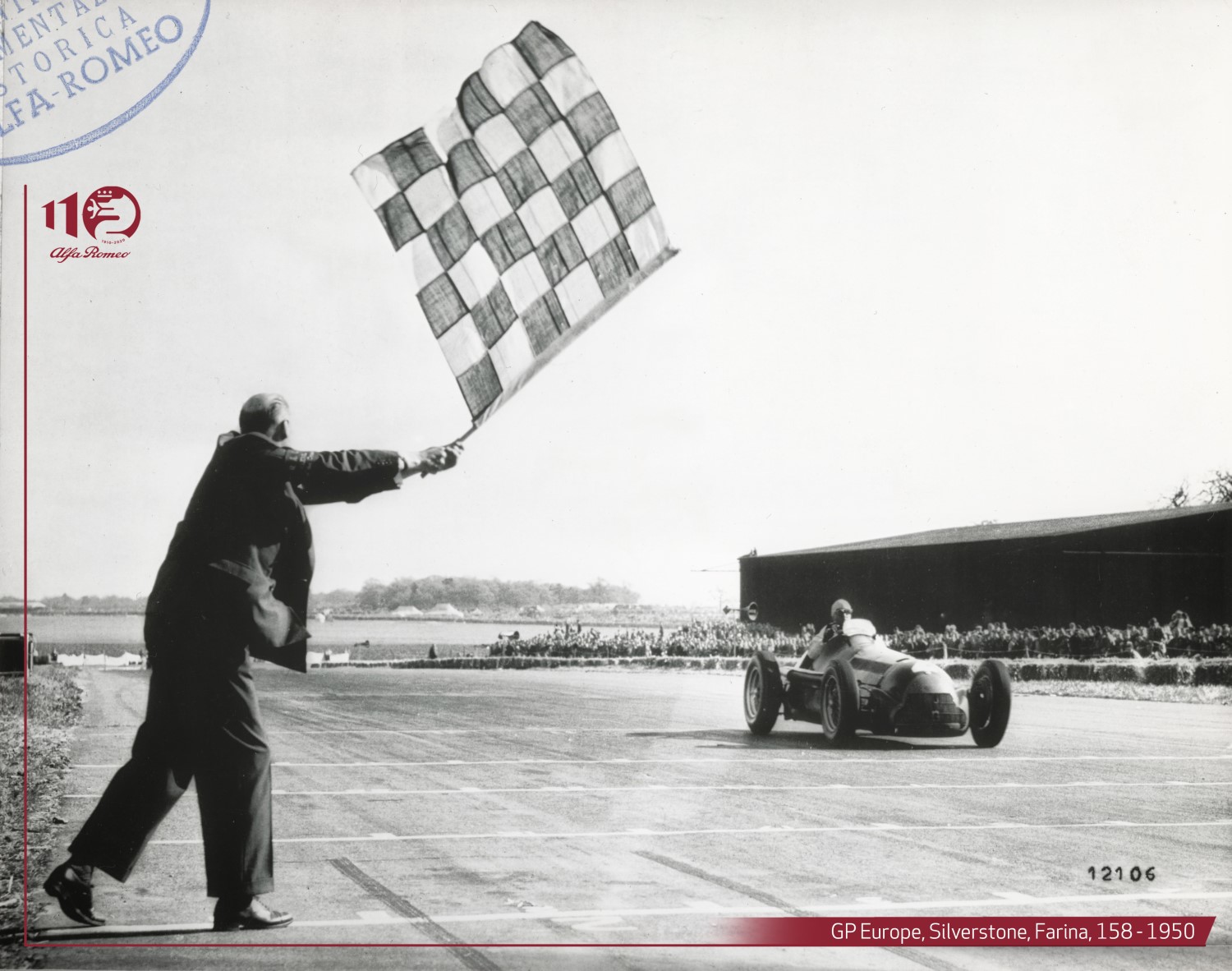The Evolution of Motorsports: From Track to Technology
The world of car sports has come a long way since the first automobile race in 1894. Today, motorsports encompass a diverse range of competitions, from Formula 1 to rally racing, each pushing the boundaries of engineering and human skill. This article explores the fascinating journey of car sports, highlighting key milestones, technological advancements, and the impact on the automotive industry.
The thrill of speed and competition has always been at the heart of motorsports. Just as the excitement of a race can captivate audiences, other forms of entertainment have also evolved to provide similar adrenaline rushes. For instance, casino this is vegas offers a different kind of thrill, bringing the excitement of Las Vegas to the digital realm. However, the unique combination of skill, strategy, and cutting-edge technology in car sports continues to draw millions of fans worldwide.
The Birth of Motorsports
The first organized automobile competition took place in Paris in 1894, covering a distance of 126 kilometers. This event marked the beginning of a new era in sports and technology. Early races were dangerous affairs, often held on public roads with minimal safety measures. Despite the risks, these competitions quickly gained popularity, leading to the establishment of dedicated racetracks and governing bodies.

The Golden Age of Motorsports
The mid-20th century saw the emergence of iconic races and legendary drivers. Events like the 24 Hours of Le Mans, the Indianapolis 500, and the Monaco Grand Prix became synonymous with prestige and excellence in motorsports. Drivers like Juan Manuel Fangio, Stirling Moss, and Jim Clark achieved celebrity status, their names forever etched in racing history.

Technological Advancements in Motorsports
Aerodynamics
One of the most significant developments in car sports has been the focus on aerodynamics. Engineers discovered that manipulating airflow could dramatically improve a car’s performance. This led to the introduction of wings, spoilers, and complex underbody designs, allowing cars to generate downforce and achieve higher cornering speeds.

Materials Science
The quest for lighter, stronger materials has been a constant in motorsports. From the early use of aluminum to the widespread adoption of carbon fiber composites, material innovations have played a crucial role in enhancing both performance and safety.
Power and Efficiency
Engine technology has seen remarkable progress, with manufacturers constantly pushing the boundaries of power and efficiency. The introduction of turbocharging, hybrid systems, and advanced fuel management has resulted in engines that are not only more powerful but also more fuel-efficient and environmentally friendly.
Safety Innovations
The dangerous nature of early motorsports led to significant improvements in safety measures. The introduction of roll cages, fire-resistant suits, and the HANS (Head and Neck Support) device has greatly reduced the risk of serious injuries. Modern racetracks now feature extensive run-off areas, energy-absorbing barriers, and advanced medical facilities.
The Rise of Electric Racing
In recent years, electric racing has gained prominence, with series like Formula E showcasing the potential of electric powertrains. This shift reflects the broader automotive industry’s move towards electrification and sustainability. Electric racing not only provides an exciting spectacle but also serves as a test bed for technologies that will eventually make their way into consumer vehicles.
Motorsports Impact on the Automotive Industry
Motorsports have long been a proving ground for new technologies. Innovations developed for the racetrack often find their way into production vehicles, improving performance, safety, and efficiency. Examples include:
- Disc brakes
- Paddle-shift gearboxes
- Traction control systems
- Turbocharging
- Regenerative braking
The Future of Car Sports
As we look to the future, several trends are shaping the evolution of motorsports:
Autonomous Racing
The development of self-driving technologies has led to the creation of autonomous racing series. These competitions pit AI-controlled vehicles against each other, pushing the boundaries of machine learning and robotics.
Virtual Racing
Esports have become increasingly popular, with virtual racing simulations attracting a new generation of fans and competitors. These digital platforms offer unprecedented accessibility and have even been embraced by traditional racing organizations.
Sustainable Technologies
The focus on environmental sustainability is driving innovation in alternative fuels and power sources. From biofuels to hydrogen fuel cells, motorsports are exploring various options to reduce their carbon footprint.
Conclusion
Car sports have come a long way from their humble beginnings, evolving into a global phenomenon that combines cutting-edge technology, unparalleled skill, and raw excitement. As we move forward, the industry continues to adapt to new challenges and opportunities, ensuring that the thrill of motorsports will captivate audiences for generations to come.
The journey from the first automobile race to today’s high-tech competitions reflects not just the evolution of car sports, but also the rapid advancement of automotive technology as a whole. Whether on the track or in our daily lives, the innovations born from motorsports continue to shape the way we interact with vehicles and push the boundaries of what’s possible on four wheels.
